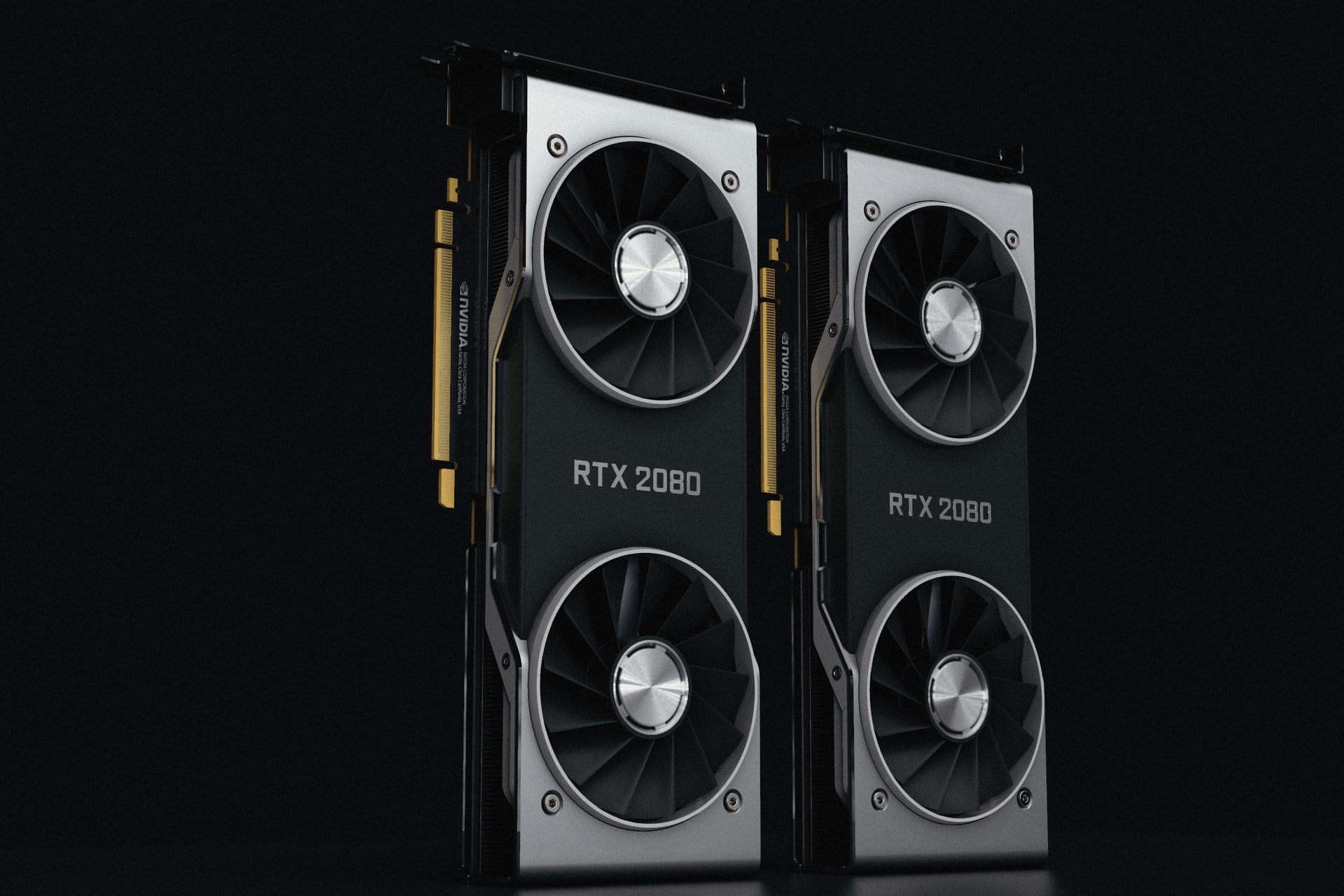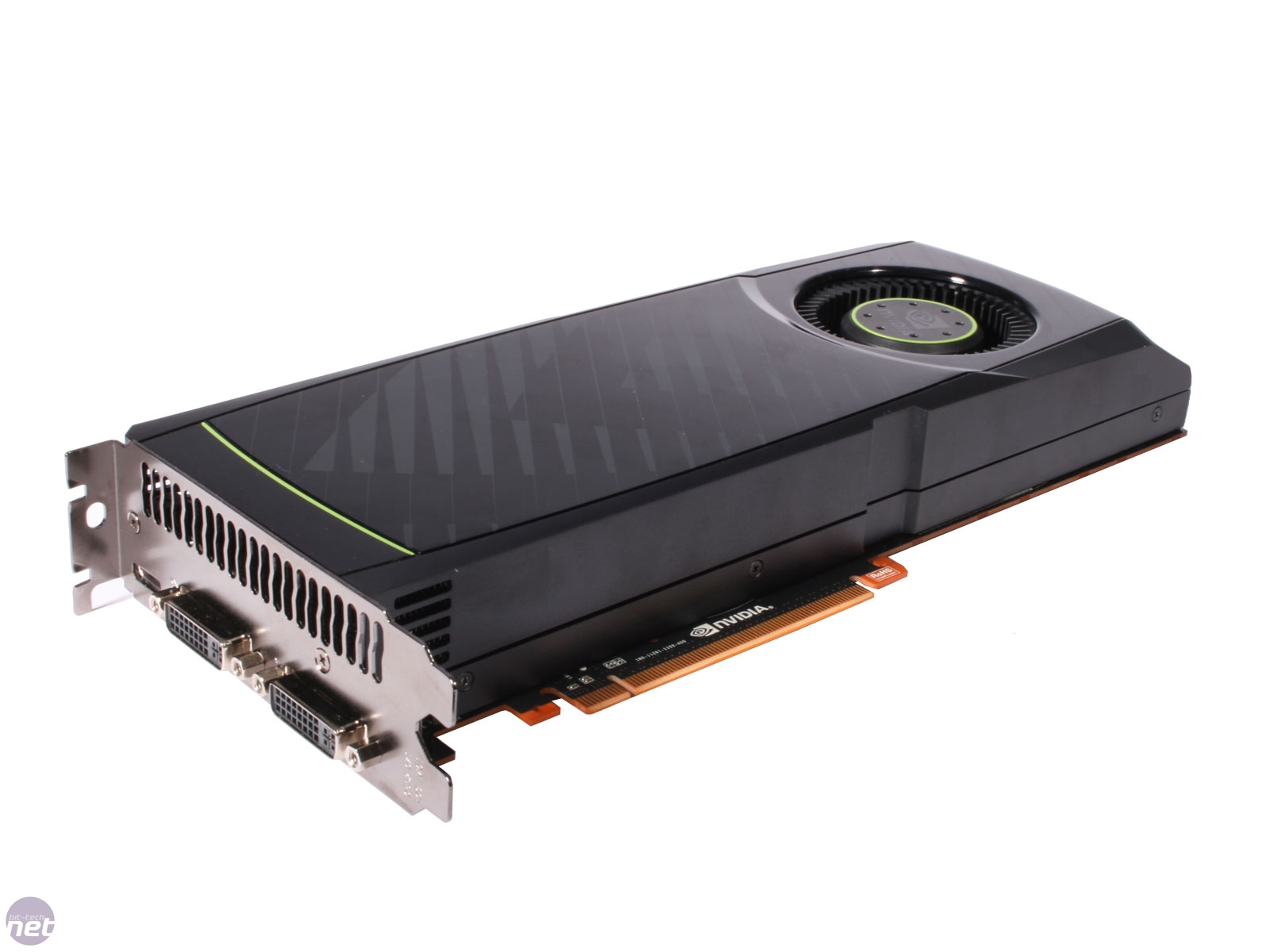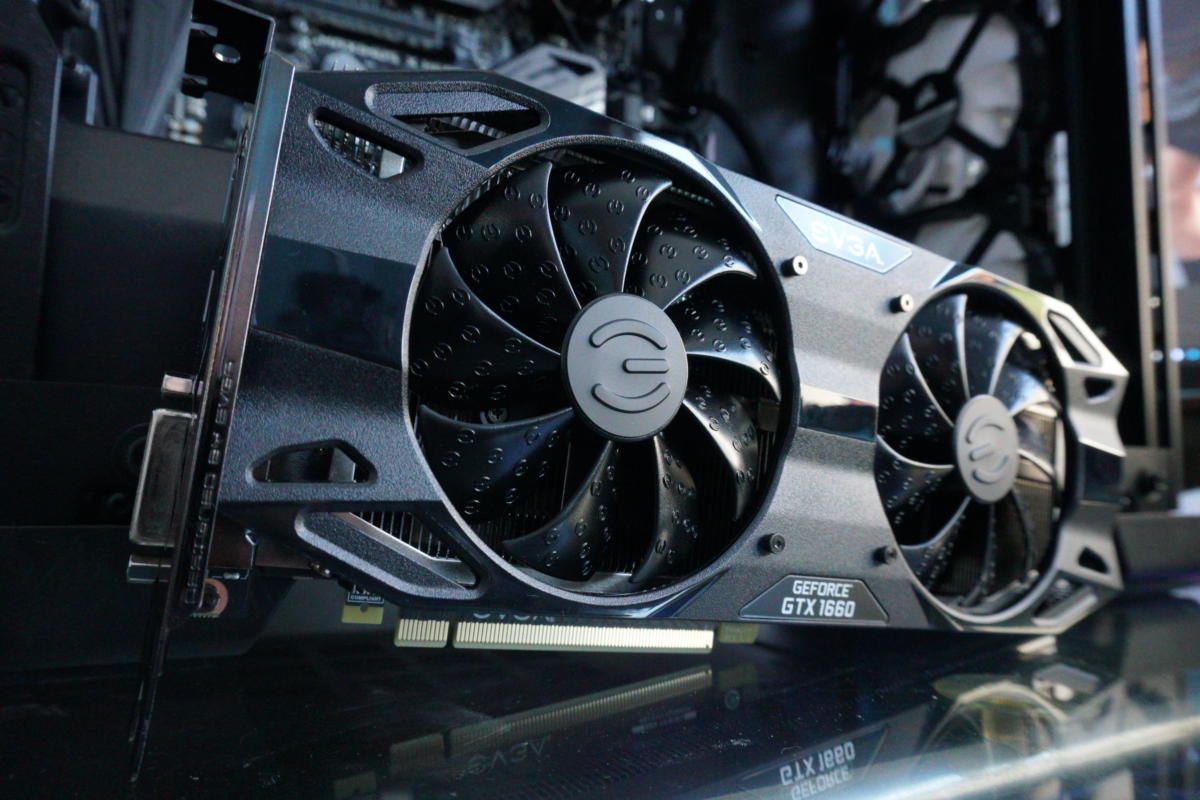Introduction
Graphics cards have evolved dramatically in the last few years. They went from being simple pieces of hardware that could handle some basic functions to multifaceted machines that can do things like process multiple streams at once and operate on a much higher level than they used to. Graphics cards serve as one of the main components of any computer build, so it’s important to know how they work and how their evolution has made them more powerful over time.
The graphics card, also known as a video card, is a main component of any PC build. It’s responsible for sending all the information your computer needs to display on your monitor. Graphics cards got more impressive and complex over time, but their evolution has been rapid in the last few years.

The graphics card, also known as a video card, is a main component of any PC build. It’s responsible for sending all the information your computer needs to display on your monitor. Graphics cards got more impressive and complex over time, but their evolution has been rapid in the last few years.
Graphics cards are responsible for receiving data from your computer and then processing it so that you can see it on your monitor. This means they have access to all kinds of information that could potentially harm them if not properly secured or handled with care—like sensitive personal data or government secrets! For this reason, it’s important to always keep an eye on who has access to these devices (and make sure they don’t sell them off).

The Series 1 & 2
The first graphics cards, released in the early 1980s, were very basic. They only allowed for 256 colors and were used in arcade games and home computers. Due to their low resolution, they were expensive and plugged into a separate monitor.
When you think back on the early days of gaming, you might remember playing Pac-Man on an arcade machine with a single joystick for control. The game would involve moving around the maze eating up dots while avoiding ghosts that chase after Pac-Man (it was harder than it sounds). The reason why this game was so popular is because it was one of the first video games made available at arcades. It means that people could play it without having to buy any equipment themselves!

The Series 3 & 4
The Series 3 and 4 cards were the first to use GDDR5 memory, which is what makes them so fast. They also had a 256-bit bus, which means that they can handle more data at once than earlier models. The Series 3, released in 2008 and the Series 4, released in 2010; used this same basic architecture for their GPU cores. Manufacturers made improvements over time by adding higher clock speeds. They also increased memory bandwidth with faster buses.

The Series 5
Series 5, released in 2010, was the first to support 3D. It also supported DirectX 11 and HDMI 1.4a, which allowed for 4K (3840 x 2160) resolution at 24Hz or 25Hz. The Series 6 replaced the Series 5 in 2014, but it remains popular among gamers because it has a low price point and is able to run most modern games on high settings without any problems.

The Series 6
Series 6 is the latest addition to the graphics card line, and it’s also the first series to support ray tracing. Ray tracing allows game development teams to create more realistic lighting within their games. The technology isn’t cheap—and requires a lot of power—so you won’t find this feature on low-end cards. However, if you want your gaming experience to be as realistic as possible and are willing to spend some money, consider investing in this new type of card.

The Series 7
You may be familiar with the Radeon HD 7000 Series and the Radeon HD 8000 Series. Series 7 initially came out in 2011, and then 2012.
The following year, AMD introduced its new GPUs—the R9 300 Series, R9 400 Series and R9 500 Series—which brought more performance to the table than their predecessors while maintaining the same price points.
Newer cards like those mentioned above are typically referred to as “refreshes,” because they’re not necessarily brand new generations but rather incremental upgrades on top of existing designs that focus on improving performance for a specific set of tasks (in this case gaming).

The Series 8
- AMD Radeon RX Vega 56
- AMD Radeon RX Vega 64
- AMD Radeon RX Vega 56 Nano
- AMD Radeon RX Vega 64 Nano
- AMD Radeon RX Vega 56 Nano Limited Edition

The Series 9
Series 9 was released in 2016 and was the first graphics card to use the Pascal architecture. This series also included GDDR5X memory and HBM2 memory for the first time.
The Series 10
It is the most powerful, efficient, and expensive series of graphics cards to date. It also came with a few improvements that made it more reliable than previous iterations:
- The memory modules were enhanced for better performance
- The power supply system supported double the voltage of previous models
These are all the major series of graphics cards available for desktop computers.
- The [S3 Graphics] company was a pioneer in making graphics cards for personal computers and is still active to this day.
- In 1989, they released the S3 Pro Turbo (nicknamed the “Turbo”). The card featured 4MB of RAM, which was more than any other card at that time. It also had two ports: one for RGB monitors and another for VGA monitors.
- The next year they released their next generation of graphics processors: the S3 Virge line of graphics cards. This series included 4MB memory as well as support for SVGA modes under Windows 3/Windows 95 operating systems (though DOS drivers were available).

- Conclusion
It’s amazing in field of Technology, how far graphics cards have come in just over two decades. From their humble beginnings as simple pieces of hardware with little processing power and memory, they’ve become some of the most important components in any computer build. We hope this article has helped you better understand the history of graphics cards so that you can make an informed decision when choosing a new one for yourself or someone else!
Muhammad Saad is a Freelance Article, Blog, and Copywriter. He provides his services on Fiverr under the username @saadiqbal599.







